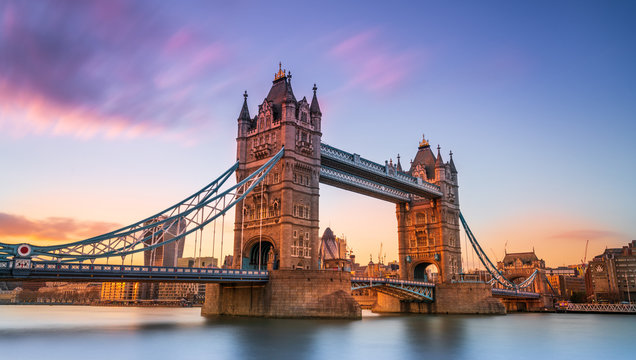Last semester I had the privilege of studying abroad in London. This meant giving up the opportunity to spend the first half of junior year on a campus, and amongst peers that shared my Catholic faith, for the chance to live in a city filled with secular institutions and an Anglican history. This was a uniquely significant trade to make considering I had recently made a full reversion to the Catholic Church just months prior to departing. What I found once arriving, however, was a city and people that, if navigated correctly, were rich in Catholic tradition.
Like most, when I thought of churches in London my mind would recall the great Anglican structures such as St. Paul’s Cathedral or Westminster Abbey. After spending a semester in London, my mind now pictures the beauty of Westminster Cathedral, St. Patrick’s in Soho Square or St. Etheldreda’s. When stepping into these churches it was nearly impossible to ignore the presence of God. Common features such as high ceilings and walls of religious artwork worked together to create exceptional, glorious settings. My favorite of which was within the walls of the London Oratory. This church, officially named the Church of the Immaculate Heart of Mary, has many features which are becoming increasingly endangered in the modern church including a high altar, a communion rail as well as numerous side altars and chapels. To me, attending mass at these churches was a greater memory than seeing Big Ben or walking across Tower Bridge.
The beauty of the churches was surpassed only by the immense reverence that was displayed at every mass I attended. This was especially true of Newman House, which is London’s central chaplaincy for university students. This chaplaincy housed a small, modest chapel and was where I went for the majority of Sunday obligations, a great number of daily masses as well as weekly adoration. What Newman House lacked in physical grandeur it more than made up for in its respect for the liturgy and reverence for the Eucharist. Fr. Philip, who was the resident priest, made regular use of incense, employed Latin in various parts of the liturgy and would end daily masses by leading the Angelus Prayer.
Before departing for London I began receiving the Eucharist on the tongue, a practice that has become quite rare in America. At Newman House, however, with its majority college-aged group of parishioners, receiving on the tongue was normal, with some even opting to kneel when receiving.
During my time in England, as part of a group trip through Newman House, I was able to visit Canterbury Cathedral. During our visit, we had the privilege of participating in sung vespers followed by veneration of a relic of Saint Thomas Becket who was martyred in the cathedral in 1170. Taking part in the liturgy of the hours was a new experience, as was being able to kiss the relic of such a culturally consequential saint. This was not only my favorite Catholic experience, but my favorite experience overall while abroad.
My time studying in London ended up being a time of deep immersion in the beauty, history and theological depth of the Catholic Church. It allowed me to both grow in faith and form an appreciation for the many men and women who built, preserved and maintained England’s Catholic tradition.


Leave a Reply